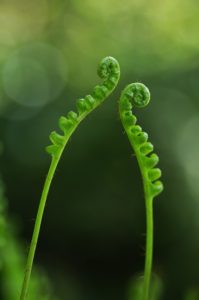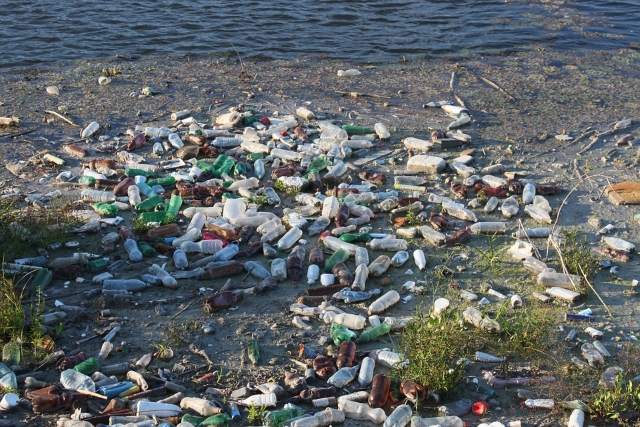[wp_ad_camp_2]
Idea Behind the Experiment
Pollution is a very serious problem in the world we live in today. The problem is that often times the pollution present in lakes and streams is not visible to the naked eye. This experiment focuses on using the plant life present to determine the water quality of any body of water. Most if not all plants livinge in water are very sensitive to contaminants in that water. While they use the natural waste of fish and animals as a food source, any outside contaminants are likely to make the plants die or at the very least decrease their health.
What you Will Need
- Water plants such as Anacharis (a common aquarium plant) or Duckweed (which can be found in any pond or lake). But any water plant that can be found at the local home and garden store should work out well.
- 3-4 containers such as small plastic aquariums or Tupperware bowls, or if you have a larger amount of space available, you can could use larger containers such as totes.
- Pollutants (it is recommended that you choose products that are not visible in the water to prove the point). This can be anything from soap to automotive fluids, it can also include solid things such as shards of metal.
Procedure
- Acquire the plants you plan on using (again check your local garden center or pet store both should have water plants that will work well)
- Fill your containers with water (make sure it is distilled, tap water will not work because of the chemicals present that will contaminate the experiment)
- Dissolve your pollutants in all but one of your containers (make sure you use a different pollutant in each container). This will show how different pollutants are more harmful than others.

- Place your plants in the containers.
- Put the containers somewhere they will not be contaminated but have access to the sun for at least half the day.
- This experiment should last 2-4 weeks.
Over the following days and weeks, you are going to want to document what happens with each plant. Take pictures and very detailed notes on a daily basis. Be sure to note things like coloration of the plant, any wilting or withering as well as the appearance of the water that the plants are in. This will allow you to build up a timeline, this will give you a frame of reference for your report on how different types of pollutants effect the quality of the water.
What to Expect
You should expect to see some very drastic differences between the plants that are in clean water and the ones that have been exposed to pollutants. The ones exposed to the pollutants are likely going to die eventually but the process that they undergo is going to vary greatly. In some you may notice color changes, stunted growth or decay before the plant finally dies. This should be well documented both by observation and phot records.

